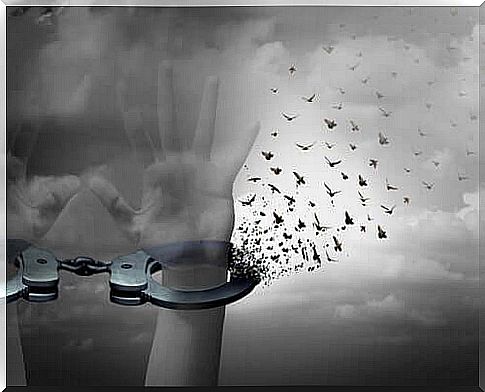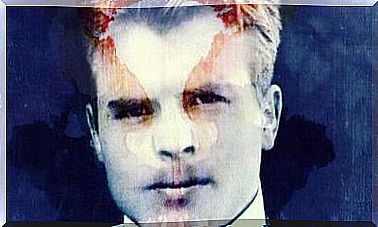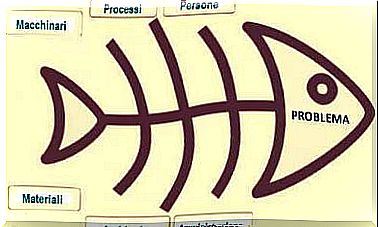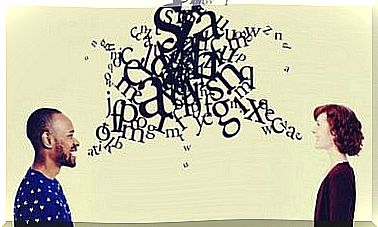White Knight Syndrome: The One Who Saves

White Knight Syndrome indicates those people who feel an almost compulsive need to save others, help them and solve their problems. This attitude can be traced back to abandonment, trauma and unrequited affects. To this we owe the intense ability to tune into the pain of others. And this even if the help they offer is not always what is required.
Most of us know at least one born savior, someone who instead of the heart seems to have a radar with which to detect the needs of others. Sometimes, as we well know, that help can lead to intrusiveness. It can even make you feel uncomfortable or deny the opportunity to be responsible and problem solver.
At other times, however, we are grateful for that sincere and always devoted altruism. We do not see, however, the background of these dynamics, of this need. The white knight syndrome describes part of the population made up of invisible individuals, profiles that hide wounds, knots that have never really been unraveled.
This syndrome was described in 2015 by psychologists and faculty members of the University of Berkekey Mary C. Lamia and Marilyn J. Krieger. We talk about it in more detail in the next few lines.

Characteristics of white knight syndrome
In fairy tales the rider on the white horse is the one who saves the girl in danger. In real life, this folklore figure can be a man or a woman and his highest aspiration is to engage in loving relationships with wounded or vulnerable people. This bond will allow them to feel useful, to heal the other, to reaffirm themselves and to make their partner stronger.
But injured people rarely manage to heal; on the contrary, their wound often grows, and they become the mirror on which ever greater traumas and sufferings are reflected. They are frustrating attempts at redemption, which cause inevitable unhappiness. Here is what lies behind White Knight Syndrome and the following explains this behavior.
Triggering causes
A past made up of abuse, authoritarian parents or the lack of a healthy and loving bond during childhood: these are the factors that most often give rise to the white knight syndrome. Having lived through different experiences of abandonment, both at the family level and on the part of the partner, is usually a trigger.
Characteristics of the white knight
The rider is moved by the fear of feeling that emotional distance again, of being hurt, betrayed and abandoned.
- These are particularly fragile people, with a high tendency to frustration, to feel offended or disappointed by often insignificant actions.
- They manifest low self-esteem and great insecurity.
- They have little empathy, that is, they cannot distinguish the emotional reality of others from their own, and here they are often subject to emotional contagions. They do not know how to set limits and therefore identify themselves in those who suffer, in those who are worried or afraid; often, however, with their attitude they intensify the suffering of others.
- They tend to build highly dependent love relationships. They want to be everything to the other person. They seek to be that fundamental support, that source of daily nourishment and that other indispensable half. Such a situation ends up resulting in unhappiness and a high emotional cost for both parties.

Types of white knights
White knight syndrome doesn’t manifest itself in one way. In reality it falls into a behavioral spectrum that embraces figures with more normal traits and more pathological extremes. We refer to:
- The strongly empathic white knight . In this case the person establishes an inordinate emotional bond with the partner or with another person. This form of empathy often turns into a source of extreme fears. Here comes jealousies, a desire for control, the anguish of being betrayed.
- The idealistic white knight. He is a figure looking for people to save or heal. He wishes to create a perfect, ideal being. Being responsible for that improvement will also allow her to bask in glory.
- The frightened white knight. Of all the types, this is the most problematic: it is a person who has experienced profound trauma (abuse, mistreatment…). Those affected feel the need to feel they are helping others, yet they do not know how to give this help, how to approach others, how to offer their affection.
- Finally, the “balanced” white knight. This is the concentrated and respectful rescuer who knows how to listen; offers his help, but respects the other and strives to do it well. However, it is still a compulsive behavior and, therefore, not very suitable.
The white knight should save only one person: himself
Being a “balanced” white knight does not exempt us from the real problem: even so we nourish the desire to kill the dragons of others, draw the sword and wear a helmet to face battles that do not compete. Helping those in need is fine and noble; reaching out that helping hand for the people we love is positive. However, no one deserves to dedicate their life to the salvation of others.
White knight syndrome can only be cured in one way: by saving yourself first. Facing the most difficult journey of all: the one in which you have to face your own inner world, your own demons to understand and defeat them so as to illuminate the darkest corners.
Finally, he will have to make the bravest gesture of all for a white knight: ask for help from others, turn to a professional expert in the field.









